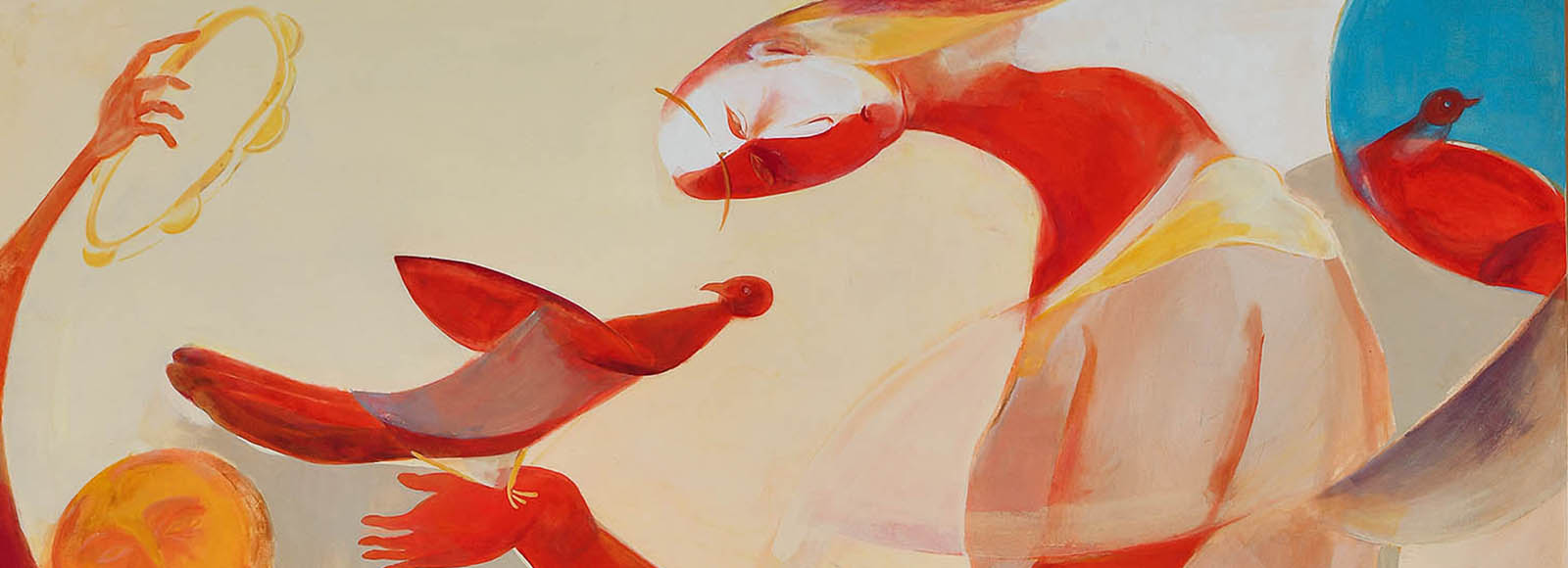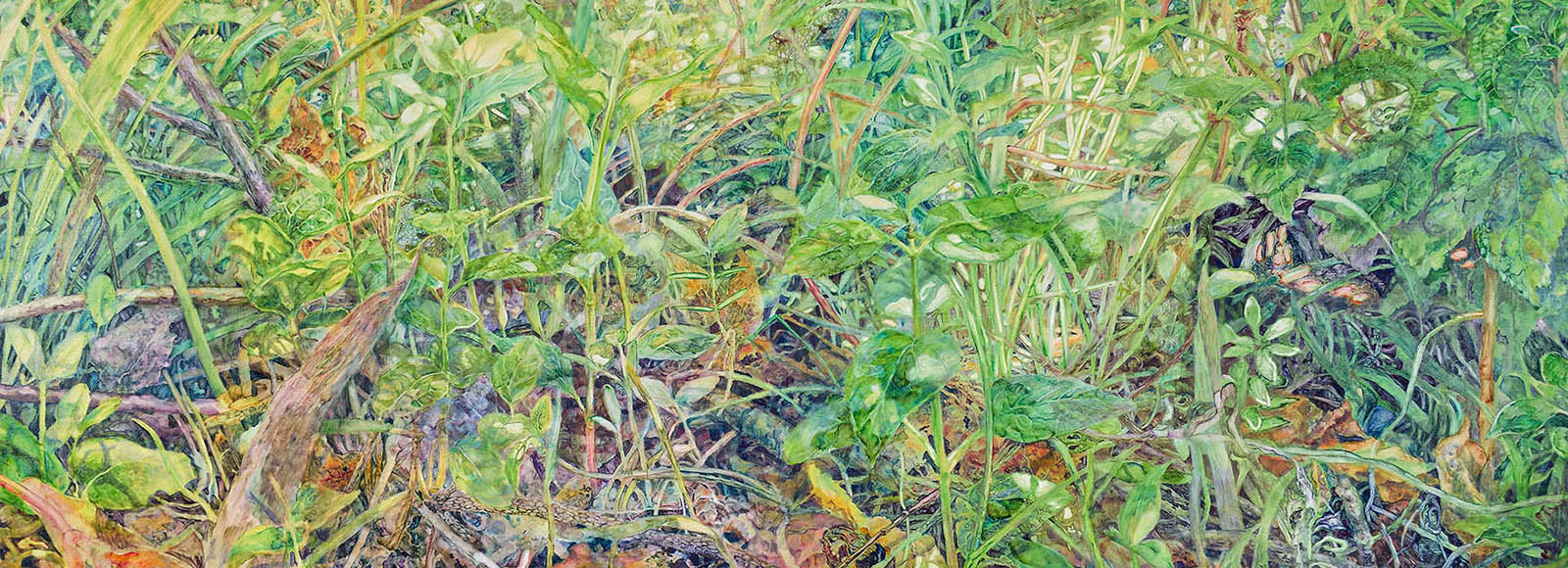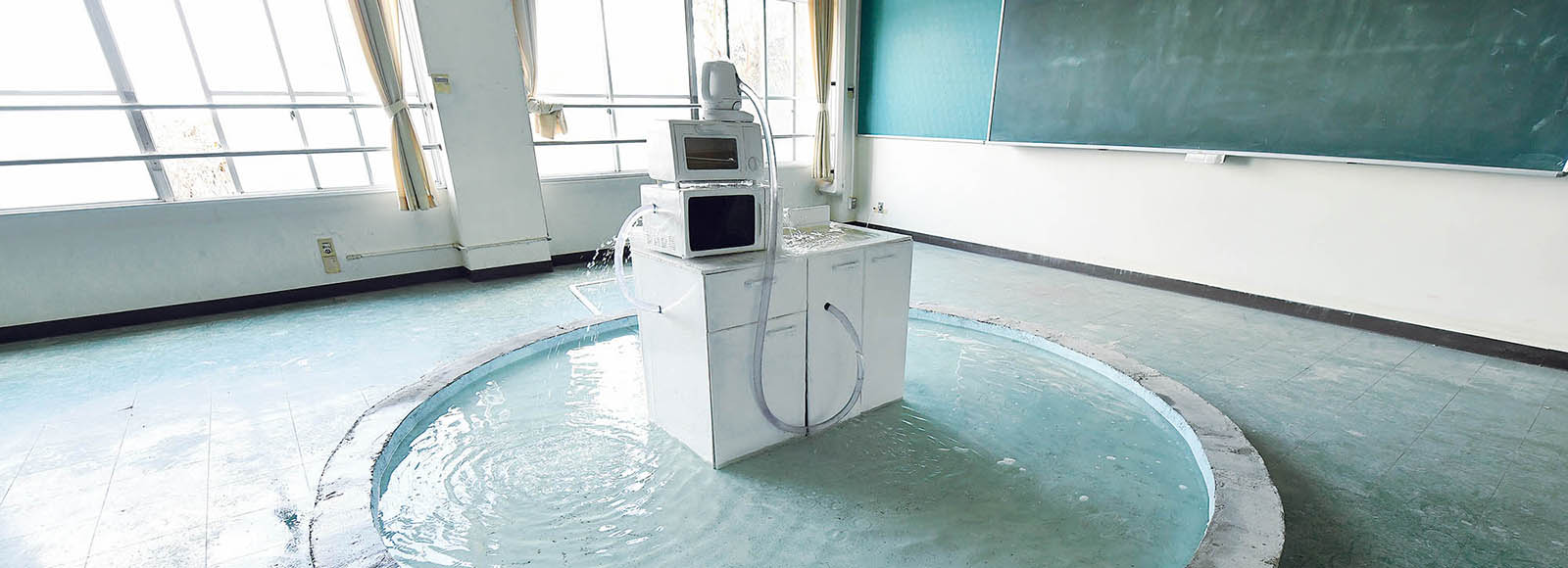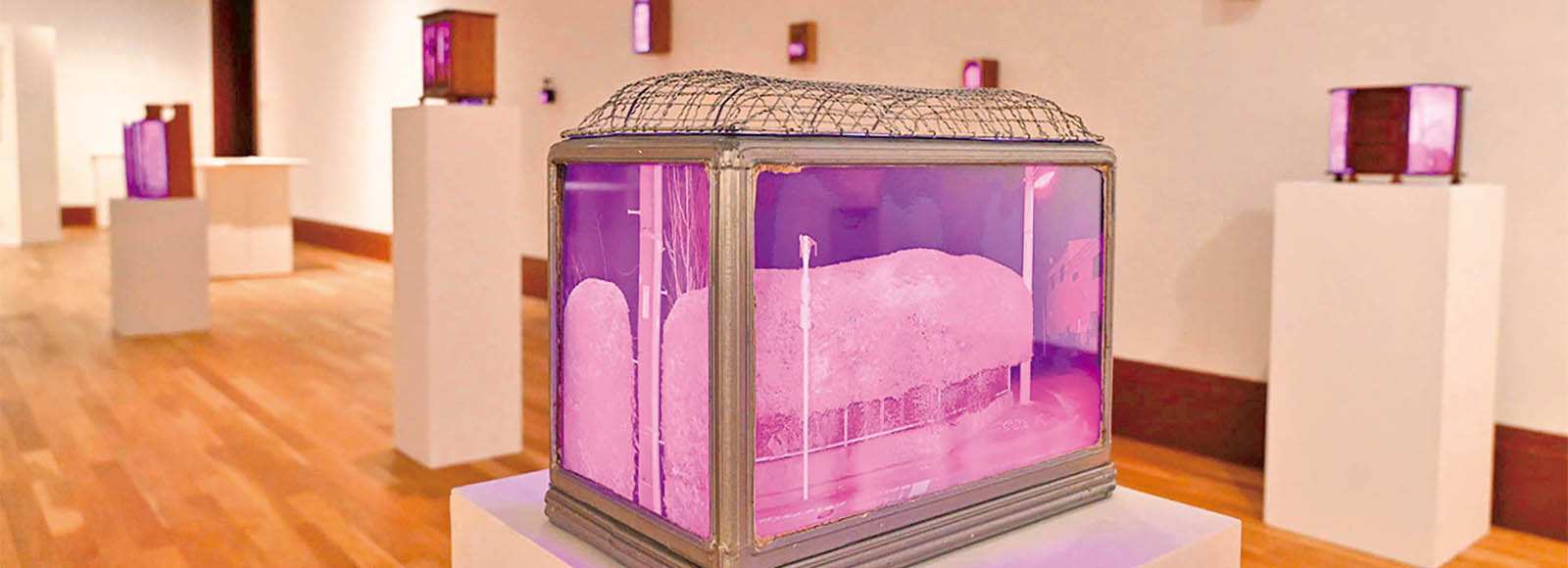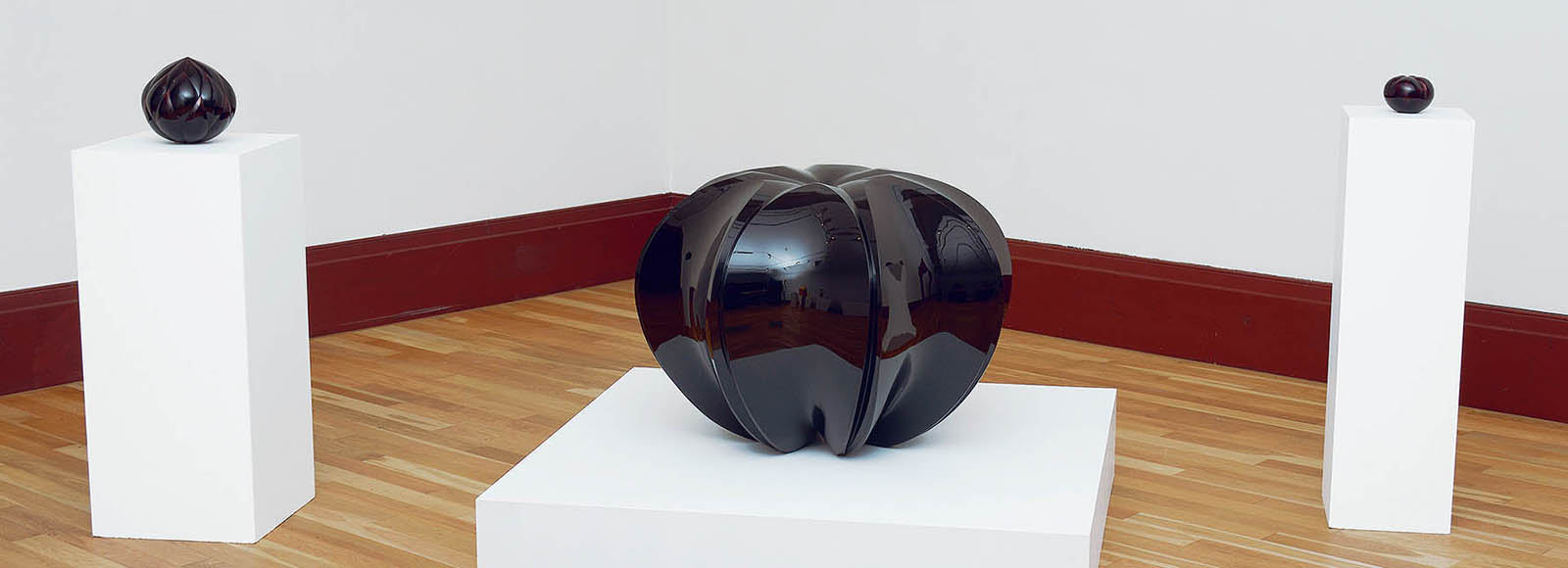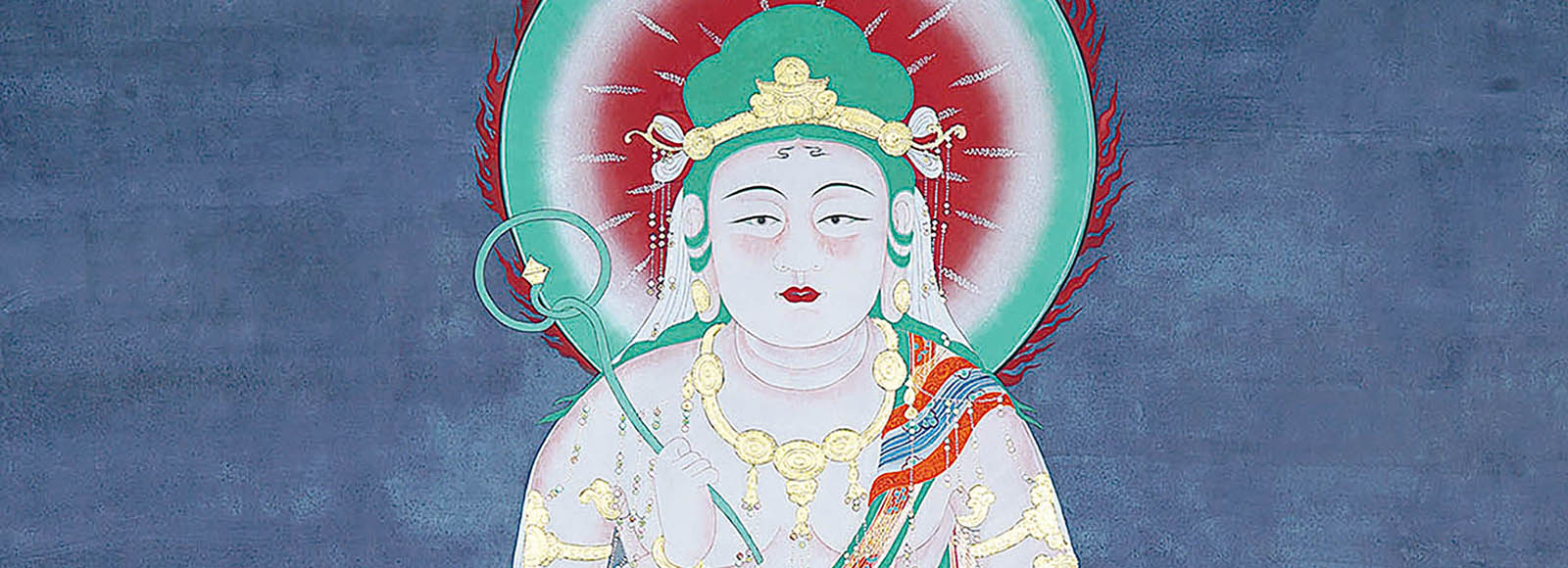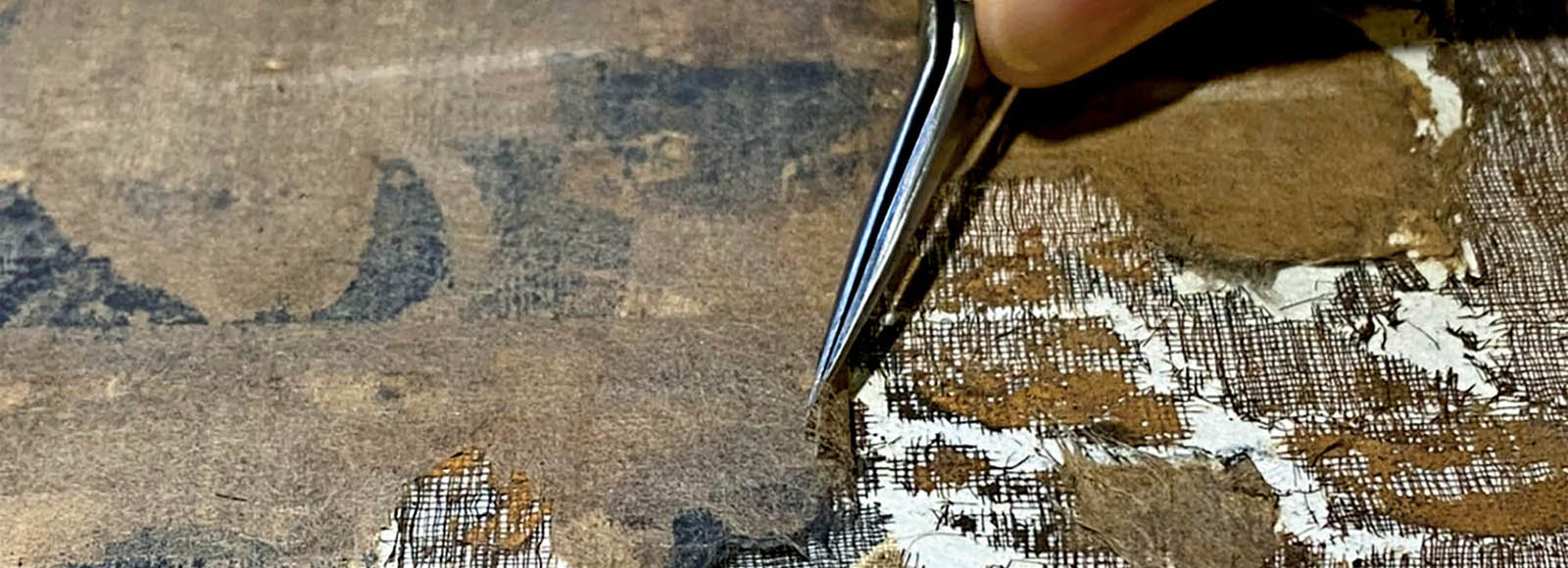Graduate School of Arts – Master’s Course
Educational and Research Objectives
The objectives of the Master’s Course are to educate and support the research and artistic activities of students at an advanced level both nationally and internationally.
Departments
Department of Painting
Nihonga
In this course, students find their own subjects and create their art through observation and subjectivity, while adding depth to their creative visions. In supplementary classes, students hone in on their themes and learn to see their work more broadly. Students who complete this course go on to play important roles in the fields of art and education.
Painting
The course centers on personal vision and creativity. Concentrating on their current work, students continue to reevaluate both content and technical aspects while searching for new directions and possibilities of expression. An understanding of the position and importance of art in society is emphasized. These concepts are further studied in supplementary classes.
Printmaking
In this course, students research and produce prints with a multiplicity of characteristics. Students work with the teaching faculty following biannual research plans and reports that the students are responsible for. Based on four techniques of printmaking, students are encouraged to experiment with cross technical approaches and multimedia production. Mastery of technique helps students find modes of expression suitable for the present age.
Concept and Media Planning
The course is divided into three fields: Media Planning, Formative Planning, and Visual Media. High levels of ability and achievement are developed as the result of sustained research and creation of personal work.
Department of Sculpture
Sculpture
A personal vision and expression is achieved as students come to understand the importance of searching for their own points of view and finding their own unique perspective within a broad field of research. The position of artists in society is considered from various points of view. These concepts are further developed in supplementary classes.
Department of Design
Visual Design
Based on the thinking that visual design is a field dealing specifically with conveying visual information, students choose one of the three subdivisions of the course: graphic design, photo and video data planning, and textile design. Students decide on their own themes and create plans for research and output, which form the basis for the two-year course. Students discuss their work frequently with the teaching faculty, bringing a greater depth and insight to their thinking, and enabling a reevaluation of their concepts. Graduates become designers who can respond to the demands of the present age and apply themselves to ever more diverse fields.
Environmental Design
This course aims to educate designers who will be able to design spaces that are both sensitive and aesthetically rich, based on a complete theoretical understanding of the key issues of the field.
Product Design
With the help of the faculty, students discover their own design themes and pursue research that reflects their own points of view. This course aims to develop students who can design in both theoretical and practical terms. With this in mind, the 1st year is dedicated to establishing a theme related to various social problems of the day, which is investigated and analyzed from their own unique points of view. The result is expressed either in the form of a thesis or in the production of a piece of work. In the 2nd year, students continue their research from the 1st year with the aim of achieving a higher standard.
Department of Crafts
Ceramics
To become independent artists, students are expected to actively produce works and do research on their own themes. The faculty supports the students in fulfilling the expectation that they will establish their own philosophy and conceptual perspective for the creation of ceramic works, which forms the basis of their future work. Presentations will be held every 6 months, during which students will be asked about the fundamental meaning of expression. They will occasionally hold person-to-person discussions with the faculty on the problems that arise in the process of production, while defining the relationship between work and philosophy. The supplementary classes emphasize general theories of art and encourage students to try other materials and techniques in addition to ceramics, in order to develop a broader aesthetic sensitivity.
Urushi Lacquering
The aim of this course is to develop in students advanced capabilities of expression and technique in lacquer work, including woodworking. Based on the students own research plan, they study and experiment with traditional techniques, develop their artistic philosophy, and search for ideas that can meet the needs and challenges of present day. In supplementary classes, students will deal not only with the problems in the process of producing work, they will also expand their experience and knowledge into other fields of crafts and fine arts, as well as studying more theoretical aspects of lacquer work.
Dyeing and Weaving
Through the techniques of dyeing and weaving, students come to understand the history and present condition of crafts and arts in general. Furthermore, several exhibitions, meetings and joint review sessions are held each year. In order to achieve the qualities of the professional artist, students make their own research plans. With the techniques they have mastered, they will broaden their views and refine their expressive abilities, while discovering a deeper sense of creativity within themselves.
Department of Science of Art
Science of Art
While the undergraduate school aims to develop individuals with broad experience, including the practical aspects of art and its connection to society, the postgraduate course focuses on developing highly capable research specialists. To this end, very specialized classes are available to students. They will pursue research in their specialized areas with faculty help and guidance. They are assigned to present their research several times a year, and the results will be included in their master’s thesis.
Department of Conservation
Conservation
Students study subjects such as conservation science, material science, art science and art history in order to acquire a deeper insight into the arts. Based on practice, they learn the theory and techniques of conservation and restoration of old Japanese and Asian paintings. After finishing basic studies, they develop the ability to understand works and diagnose problems. After their research, they decide on their own theme. This is the basis for their curriculum. Being involved in other organizations and restoration projects, they learn different research styles. And in the practicum, they develop the ability for independent learning by concentrating with greater depth on a single theme.



